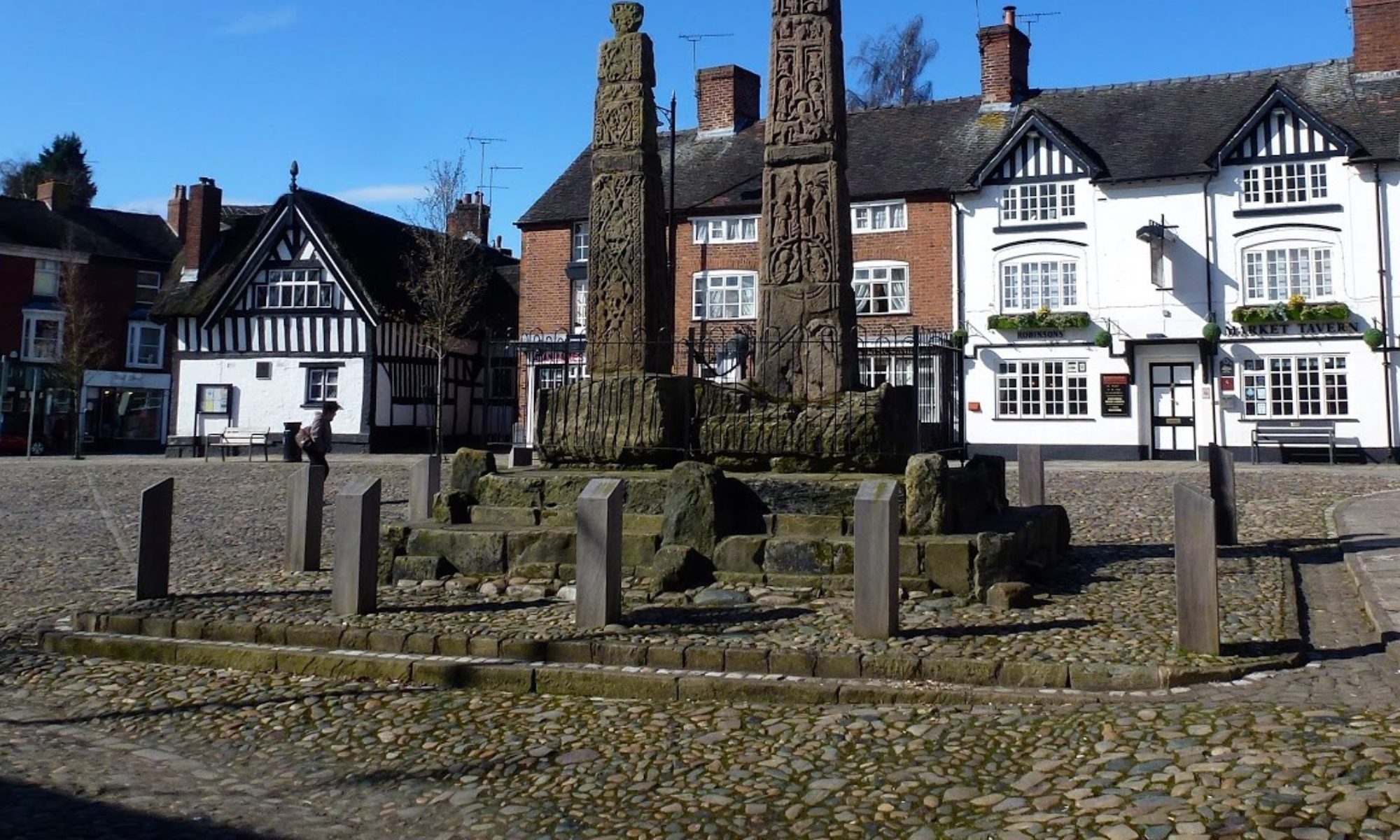Nine intrepid souls set out from Sandbach on a clear, fine but cold morning, our second attempt to visit Pilling. Traffic conditions delayed our arrival, and the tide had already peaked by the time we got there. Nevertheless birds were numerous, with Lapwing and Curlew quickly into the notebook. Pink-footed Geese were everywhere, mainly in small flocks to begin with.
As we parked at Fluke Hall, goose numbers were increasing. The cloudless sky looked as though it had an attack of measles! We “booted up” with Skylarks twittering overhead, and 3 Redwing flew over as we started out. The northerly wind tried to make its way through us as we climbed up to the seawall, and the Lapwings sheltering behind the tussocks on the marsh eyed us with disbelief. Redshank were scattered among them, and a pair of Meadow Pipits put in a brief appearance.
Greater and Lesser Black-backed Gulls could be seen out on Preesall Sands, while a loose flock of Dunlin fed a good distance out among another gathering of Lapwings. A single Little Egret played hide and seek in the gutters on the marsh, and a single Goldfinch performed a flypast while coffee was taken on our return to the cars. Three Buzzards were seen soaring behind Fluke Hall.
We made our way towards Pilling Lane Ends, but were brought to a halt shortly after leaving Fluke Hall by the sight of Pinkfeet feeding in a field accompanied by 17 Whooper Swans. A glance behind us showed us another much larger flock of Pinkfeet, so we back-tracked to view them. Somewhere between 4 and 5000 geese fed in a maize field some 150 yards away from the observers. Careful study revealed 2 Barnacle Geese among their number, and about half of the group saw them through the telescope, before the deafening rustle of wings announced the flock’s departure.
At Pilling Lane Ends, 2 Little Grebe were seen on the westerly pool, and a Great Spotted Woodpecker flew over while the group was lunching. The goose flock (around 6000 in total) was commuting between Pilling Marsh and inland feeding sites, and three Barnacle Geese were picked out at long range, allowing those who had not seen them before to catch up.
We finished at the two feeding sites set up by the Fylde Bird Club, and sighted a single Fieldfare feeding on berries at Bradshaw Lane Head. An early end was placed on proceedings, as we wished to avoid the heavy traffic seen at the end of the morning rush hour. Just 38 species made it into the notebook. Star birds were few, but the spectacle was king – the sights and sounds of 6000 Pink-footed Geese made up for any lack of species numbers.

